The semi-arid steppes of the world can teach us ways to conserve water in our gardens and create sustainable landscapes.
This year the North American Rock Garden Society, aka NARGS, is holding its annual general meeting in Colorado, hosted by the Rocky Mountain Chapter. Kicking off at the Denver Botanic Garden, it then moves to Steamboat Springs for the main event; I’m all signed up!
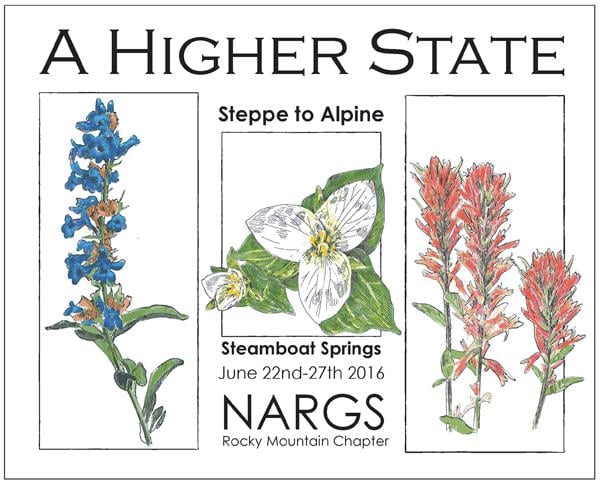
The conference theme is the study and appreciation of the particular biome known as a steppe: there are five in the world, including the one I grew up in and on the fringe of which I now live – the Central North American Steppe — it might be more familiar as the Great Plains — stretching from Canada to Mexico, and hugging the Rockies along its western edge.
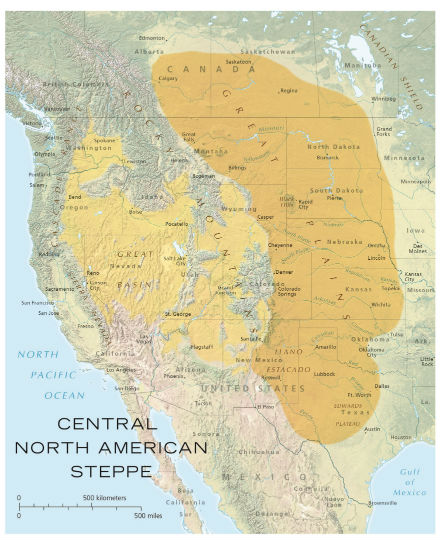
Since moving to the Front Range, I’ve been obsessively observing the freaky weather that rolls in over the top of Pike’s Peak or off the Kansas grasslands to the east. Getting to grips with gardening on a prehistoric sand dune and puzzling out the myriad other quirks of living at altitude (I love the bumper sticker, “Sea level is for sissies”) has been its own learning curve. Sudden fusillades of hail, wind that howls like a banshee through the trees. It’s never dull. Of course, there’s any number of scholarly books I could tackle to help me suss all this out, but life is too short and I need to crack on with my garden.
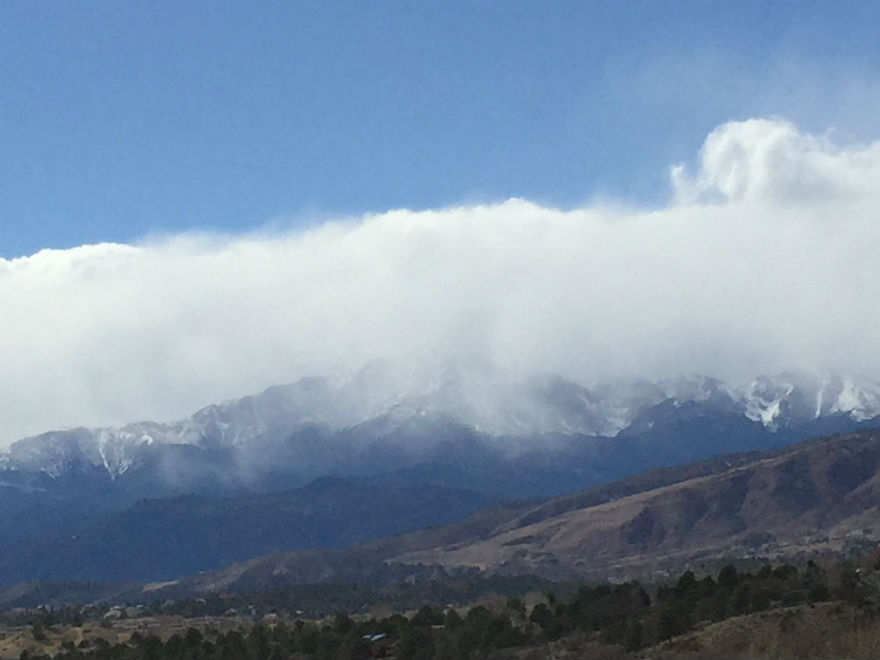
Fortunately, the Denver Botanic Garden, and its outlier, Chatfield Farm, a 700-acre public garden in Littleton, CO, have come up with the answer: They and Timber Press have published The Steppes: The Plants and Ecology of the World’s Semi-Arid Regions. Written by a team of authors, all experts in their field, it is packed with knowledge and revelation, yet never dry or condescending, making it a exceptionally good read about the five steppe regions that are the most bio-diverse parts of our planet: the Central Asian, the Central North American, the Intermountain North American, the Patagonian and the South African. Note that two of the five steppes are in North America.
The introduction, written by Panyoti Keliades, Senior Curator and Director of Outreach at the Denver Botanic Garden, roams freely – like the man himself — across these regions, setting them in their global context, describing the etymology of the word steppe, before moving on to comparative analyses and overviews of their climates, geology, flora and fauna and much more.
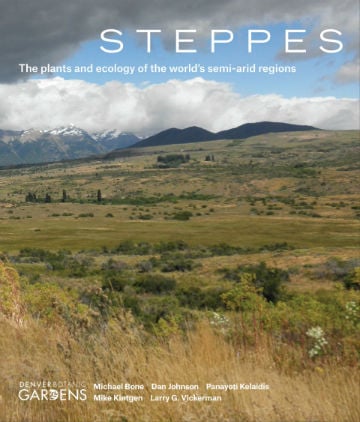
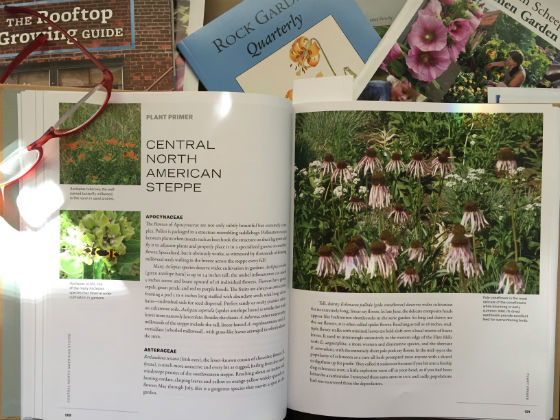
Talking to Panyoti about why this book matters to anyone who gardens, or has a healthy curiosity about our world, no matter where they live, he explained that, beyond causing humans to first stand upright to see above horizon of tall grasslands, and to take a bi-pedal step forward to explore, the steppes were the nursery of humankind.
“The challenge and danger of the steppes are responsible for Homo sapiens’ enormous brain and sophisticated social networking. The first crops in Eurasia were domesticated on the steppe foothills of the Caucasus (wheat, barley), and in the Americas a few millennia later (corn, potatoes).”
Driving the point home, he emphasized, “The steppes were the superhighways of human migration, so we are all children of the steppes. Yet, ironically, it is the least understood biome on the planet.”
So what does that mean for you and me? Well, as I emerged from the chapter about the Central North American Steppe, all the wiser for having had the climate and geology explained clearly and succinctly by the author, Larry Vickerman, Director of DBG Chatfield, and comprehending the interdependencies of the biome, I understood why it makes sense to embrace the tough and wily plants that have evolved to survive here. In most basic terms, this is where I start my “native” garden, and the Plant Primer, which concludes each chapter, is ground zero. My sand dune at 7000 feet is going to be pretty amazing by the time I’m done with it.
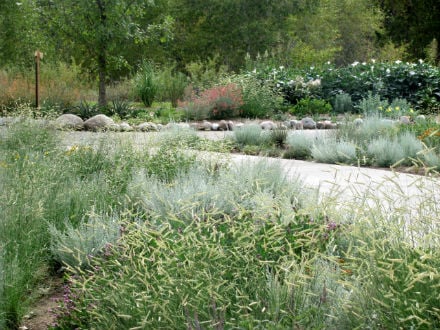
Reader Offer — WIN A FREE COPY OF ‘STEPPES’!
Thanks to Timber Press, I have two copies of this terrific book to give away to the first two readers to message me “I Like Steppes” on Facebook @ Ethne Clarke. The Force be with you!
Or, for more information about the book, click here.
© Ethne Clarke 2016
Other than those taken by the author, all photos are from Steppes© Copyright 2015 by Denver Botanic Gardens. All rights reserved. Published by Timber Press, Portland, OR. Used by permission of the publisher.


